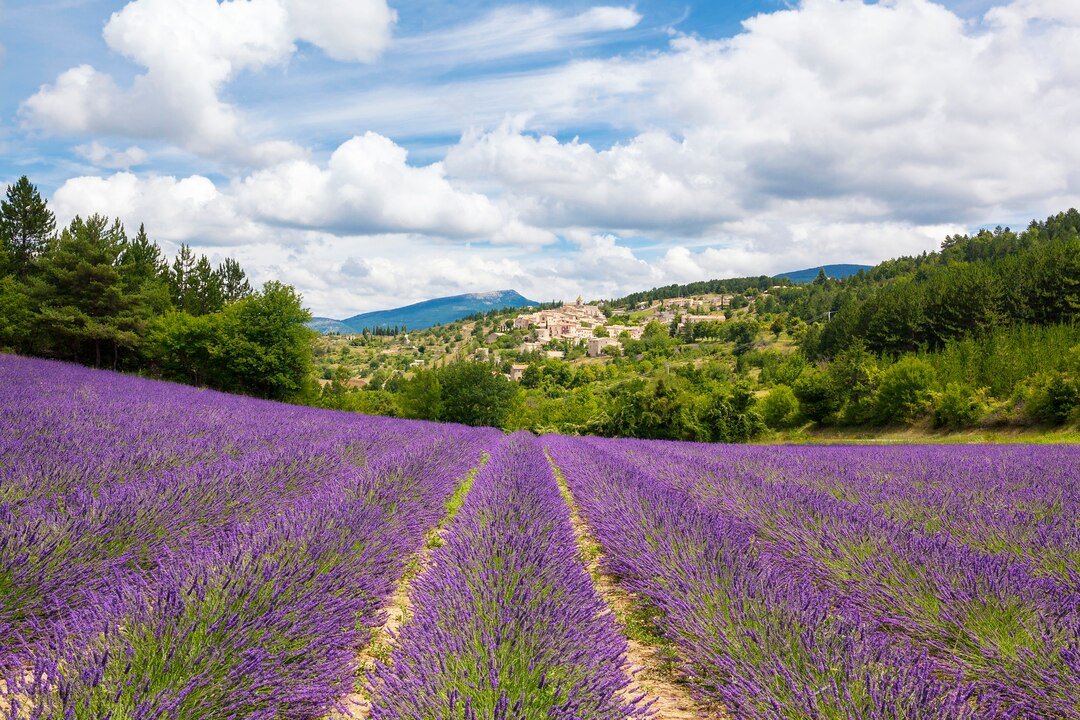The Dalmatian Coast isn’t a destination. It’s a revelation. Along this sun-drenched ribbon of Adriatic shoreline, ancient stone cities rise from the sea, islands float like forgotten jewels, and every sunset feels like it was painted just for you.
Croatia’s Dalmatian Coast blends Mediterranean ease with Slavic soul, where Roman ruins meet island vineyards and old-world towns whisper stories with every cobblestone. Whether you’re wandering through the alleyways of Split or sipping wine in a seaside village on Hvar, this coast offers a rhythm of life that’s both timeless and thrilling.
At Get My Trip Guide, we’ve explored coastlines around the world — but few rival the Dalmatian’s charm. If you’re looking for a coastal escape filled with culture, history, food, and island serenity, this is the journey.
Where History Touches the Sea: Split
Start with Split, the heart of the Dalmatian Coast. But forget the usual “gateway city” label — Split is a destination in its own right.
At its core is Diocletian’s Palace, not just a ruin to admire, but a living, breathing neighborhood where homes, bars, shops, and churches are tucked within ancient Roman walls. Walk through its stone alleys, and you’ll hear street musicians playing beside 4th-century columns. Grab a coffee in Peristyle Square, where locals gather and tourists blend into the rhythm of everyday life.
This is a city that merges centuries — where you can explore ruins by day and dance on a rooftop by night.
Split isn’t flashy, but it’s real. It’s the kind of place where you want to unpack your bag, learn a few Croatian words, and stay a while.
The Islands: Each One a Different Story
The Dalmatian islands each offer a different flavor of the coast. No two are the same, and part of the adventure is choosing which ones speak to you.
Hvar: Elegant, Energetic, Sun-Kissed
Hvar is often described as Croatia’s “party island,” but that’s selling it short. Yes, the nightlife is world-famous, but its lavender fields, hilltop fortresses, and sun-soaked vineyards tell a deeper story.
Wander away from the harbor and into Stari Grad, one of Europe’s oldest towns. Rent a bicycle and cruise through the countryside. Find a quiet cove and swim in water so clear it looks like it’s been filtered by nature herself.
Hvar teaches you that luxury doesn’t need to be loud.
Vis: Remote, Rugged, Romantic
If Hvar is the extrovert, Vis is the poet. This is the island to disappear into, to unplug from the rush and plug into nature. Vis feels farther — in distance, in time, in pace.
It’s less polished, more raw. Think family-run konobas (local taverns), tiny pebble beaches, and hilltop views that leave you speechless. The Blue Cave on the nearby islet of Biševo is otherworldly — a sea grotto that glows electric blue from beneath.
Korčula: Wine, Walls, and Whispers of Marco Polo
Nicknamed “Little Dubrovnik,” Korčula offers medieval charm without the crowds. Walled streets wrap around the town like a spiral shell, and local legend says Marco Polo was born here.
It’s also home to some of Croatia’s finest white wines, like Grk and Pošip, and a deep tradition of sword dances, storytelling, and olive oil pressed by hand.
Wherever you go, each island invites you to go deeper, not faster. Stay longer. Watch the sea. Learn the names of the wind.
Dubrovnik: A Living Castle by the Sea
It’s impossible to talk about the Dalmatian Coast without Dubrovnik. And yes, it’s popular — but for good reason.
Step inside its mighty stone walls and you’ll find centuries layered together: Gothic, Renaissance, Baroque, and even scenes from “Game of Thrones.” But beyond the fanfare, Dubrovnik is simply breathtaking. The walls wrap the city like a protective embrace, and walking them at golden hour feels like floating above a terracotta sea.
The key to enjoying Dubrovnik? Go early. Stay late. Wander away. The Old Town is stunning, but take time to explore Lapad, Gruž, or even hop on a boat to Lokrum Island where peacocks roam ancient ruins.
Get My Trip Guide always encourages travelers to dig beneath the Instagram layer — Dubrovnik has stories you won’t find in a caption.
Savoring the Coast: Dalmatian Flavors
The Dalmatian Coast tastes as good as it looks. Here, the cuisine is shaped by the sea and the seasons — it’s simple, fresh, and unforgettable.
Expect:
-
Grilled fish, often caught that morning and seasoned with olive oil, garlic, and lemon.
-
Peka, a slow-cooked dish of meat or octopus with vegetables, baked under a bell-like lid over coals.
-
Black risotto, dyed with cuttlefish ink, rich with the flavors of the deep sea.
-
Local wines and herb-infused rakija (brandy), shared like secrets.
But meals here aren’t rushed. Dining is a social ritual, a reason to gather, laugh, and watch the sun sink behind the islands. Find a konoba by the water, order whatever the waiter recommends, and settle in. This coast rewards those who savor.
Getting Around: The Beauty of the Ferry
Traveling the Dalmatian Coast feels like turning the pages of a storybook. And the best way to move between chapters? By sea.
Croatia’s ferry system is surprisingly efficient. Ferries link the mainland to major islands and hop between smaller ones. Boats are part of life here — not just transport, but scenery and soundtrack.
There’s something meditative about watching the coastline drift by, feeling the salt on your lips, and seeing the mountains rise behind medieval towns. Don’t rush the journey. Enjoy it.
When to Go: Finding Your Perfect Moment
The Dalmatian Coast shines brightest when the crowds fade. While summer is peak season, the shoulder months — May, early June, September — offer the sweet spot: warm seas, long days, fewer tourists.
Spring brings wildflowers and festival energy. Autumn brings golden light and grape harvests. Even winter has its charm — quiet streets, stormy seas, and locals reclaiming their towns.
There’s no wrong time to go — just the right pace to follow.
Culture, Calm, and Coastal Soul
More than anything, the Dalmatian Coast invites connection. Not just to the place, but to yourself. It’s the kind of journey that shifts your senses — where sea breezes clear your mind, and ancient stones make you feel both small and timeless.
At Get My Trip Guide, we believe the best travels don’t just show you the world — they change how you move through it. And this coast changes people. It slows them down. Opens them up.
Whether you come for the beaches or the heritage, the wine or the walled towns, one thing is certain:
You’ll leave the Dalmatian Coast with more than souvenirs. You’ll leave with a little more peace, wonder, and salt in your soul.

